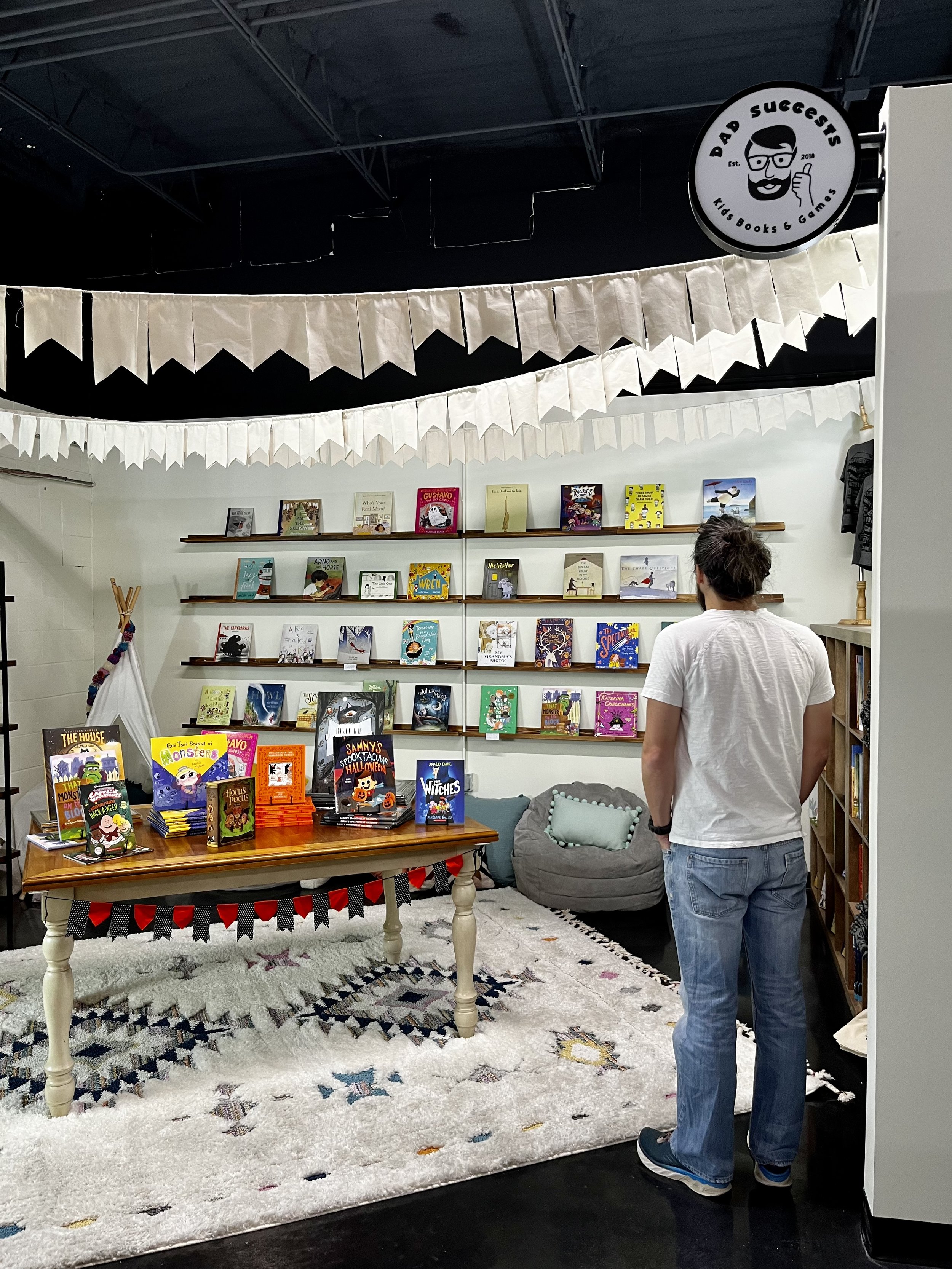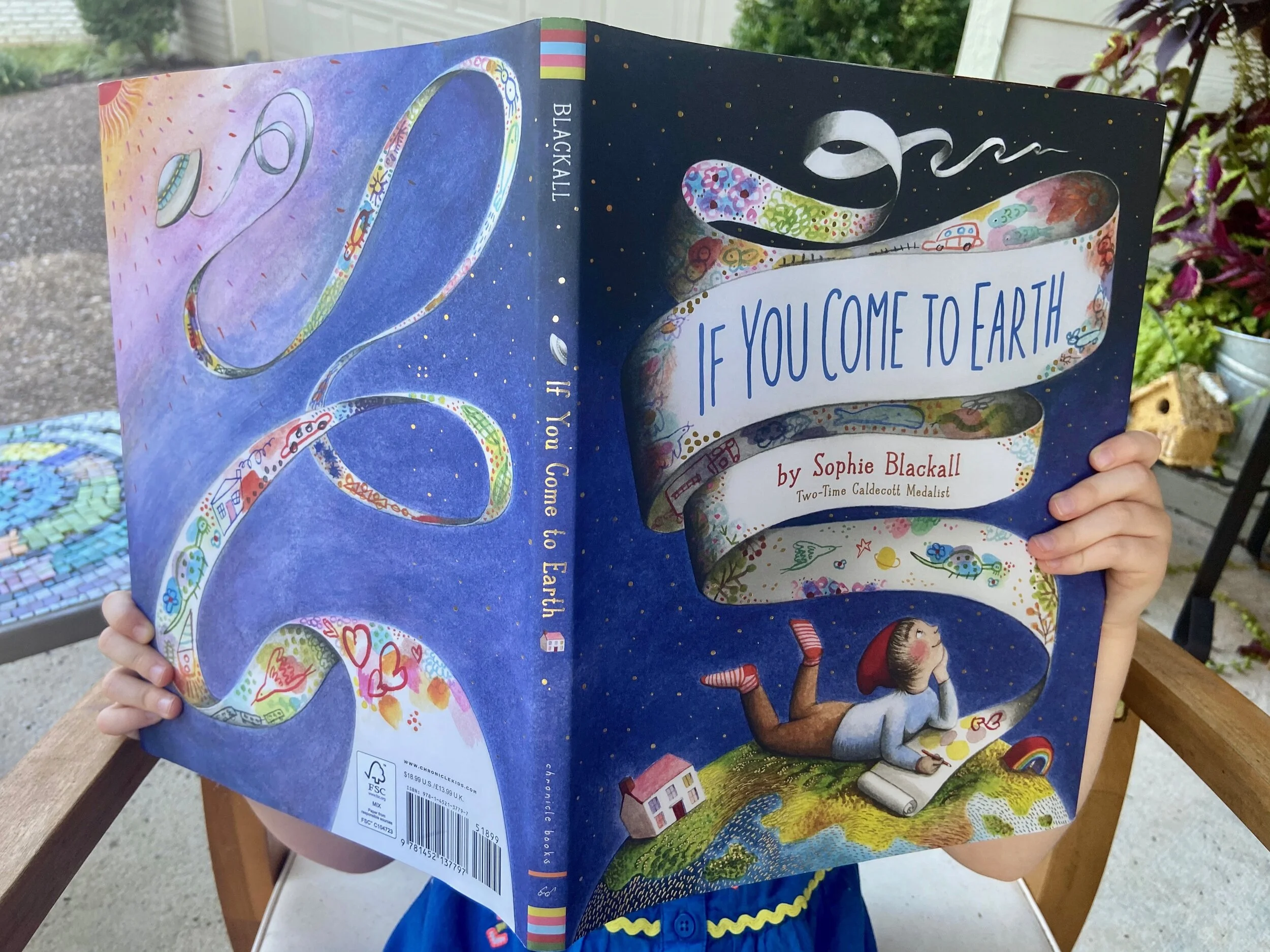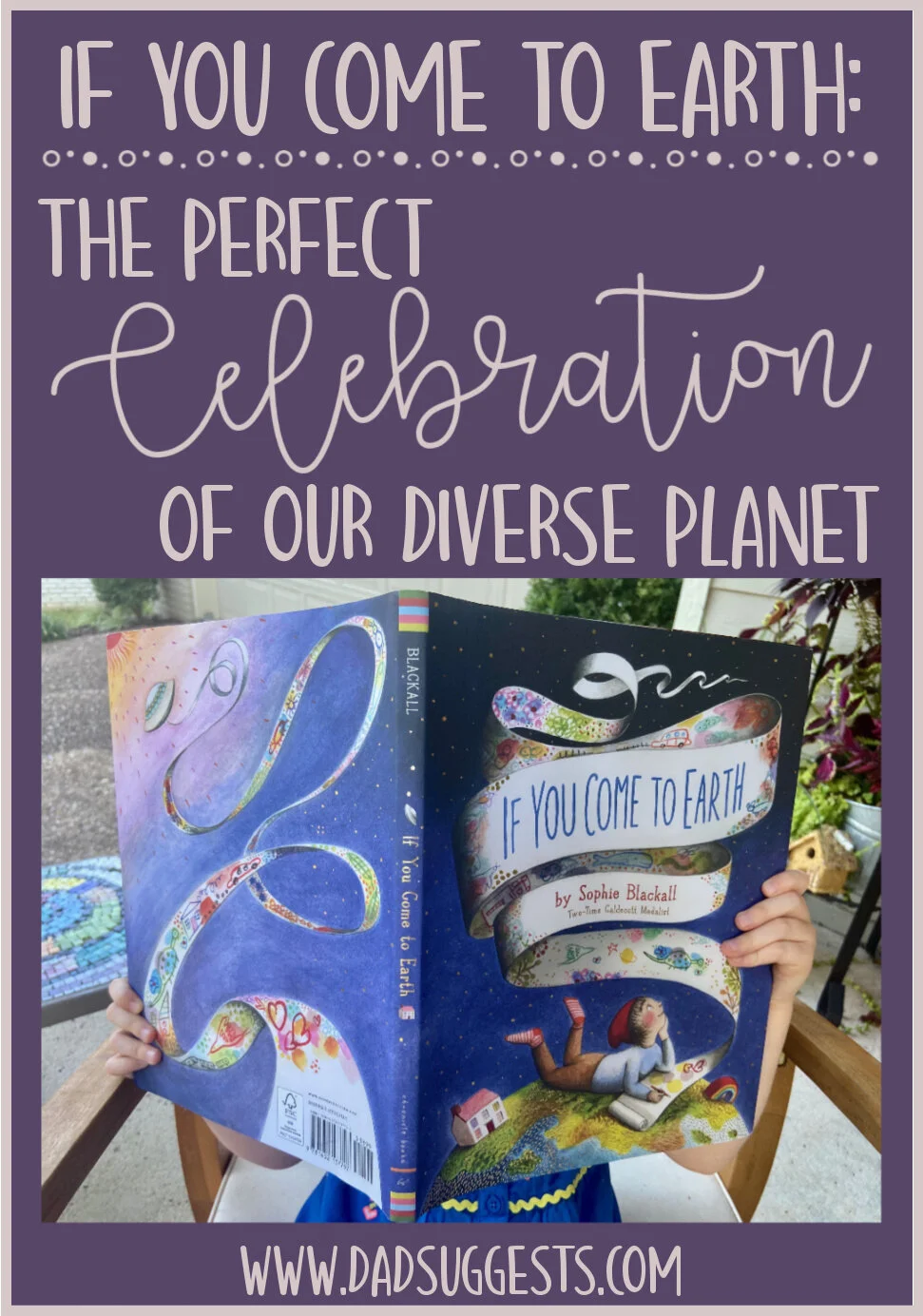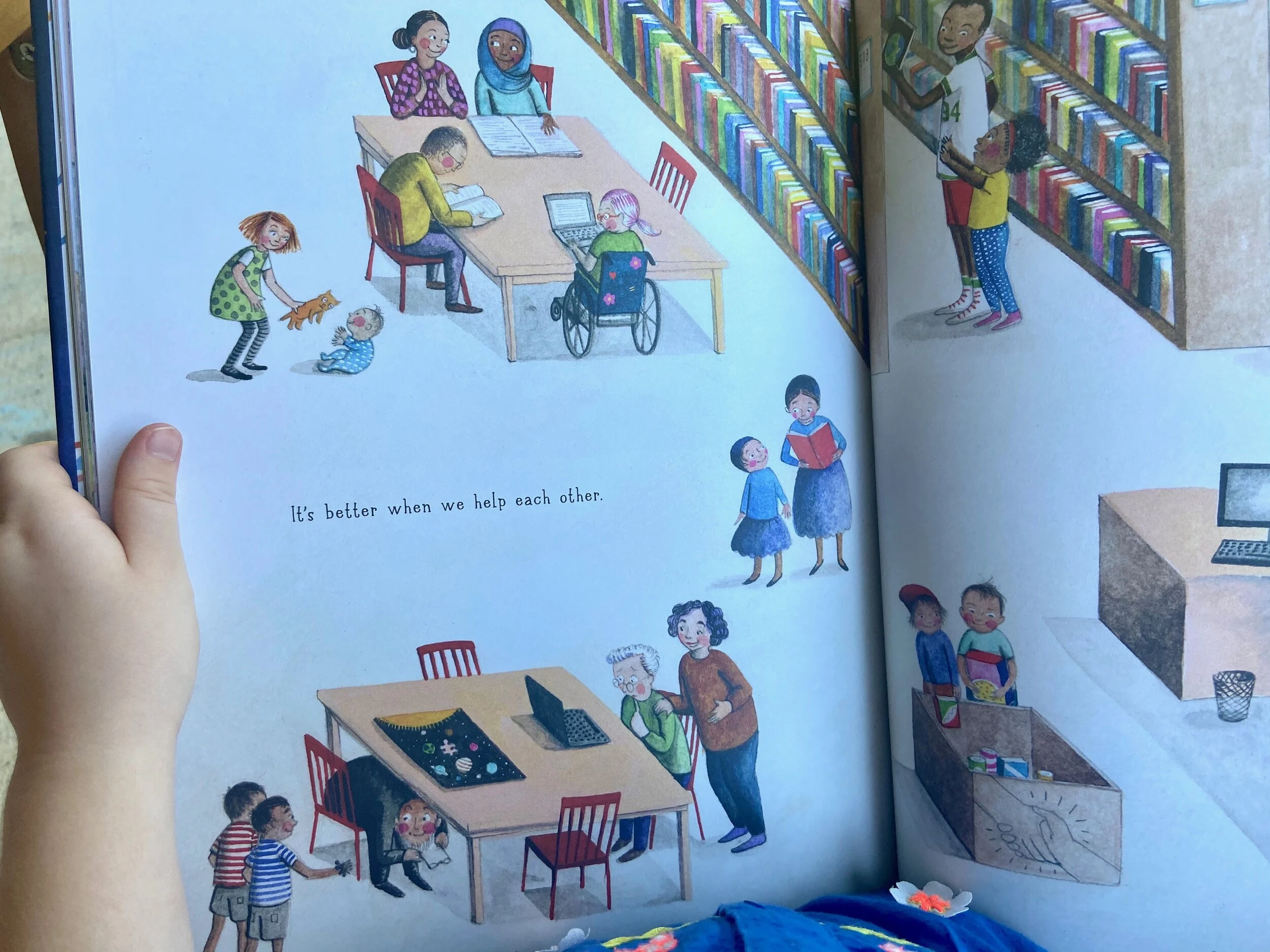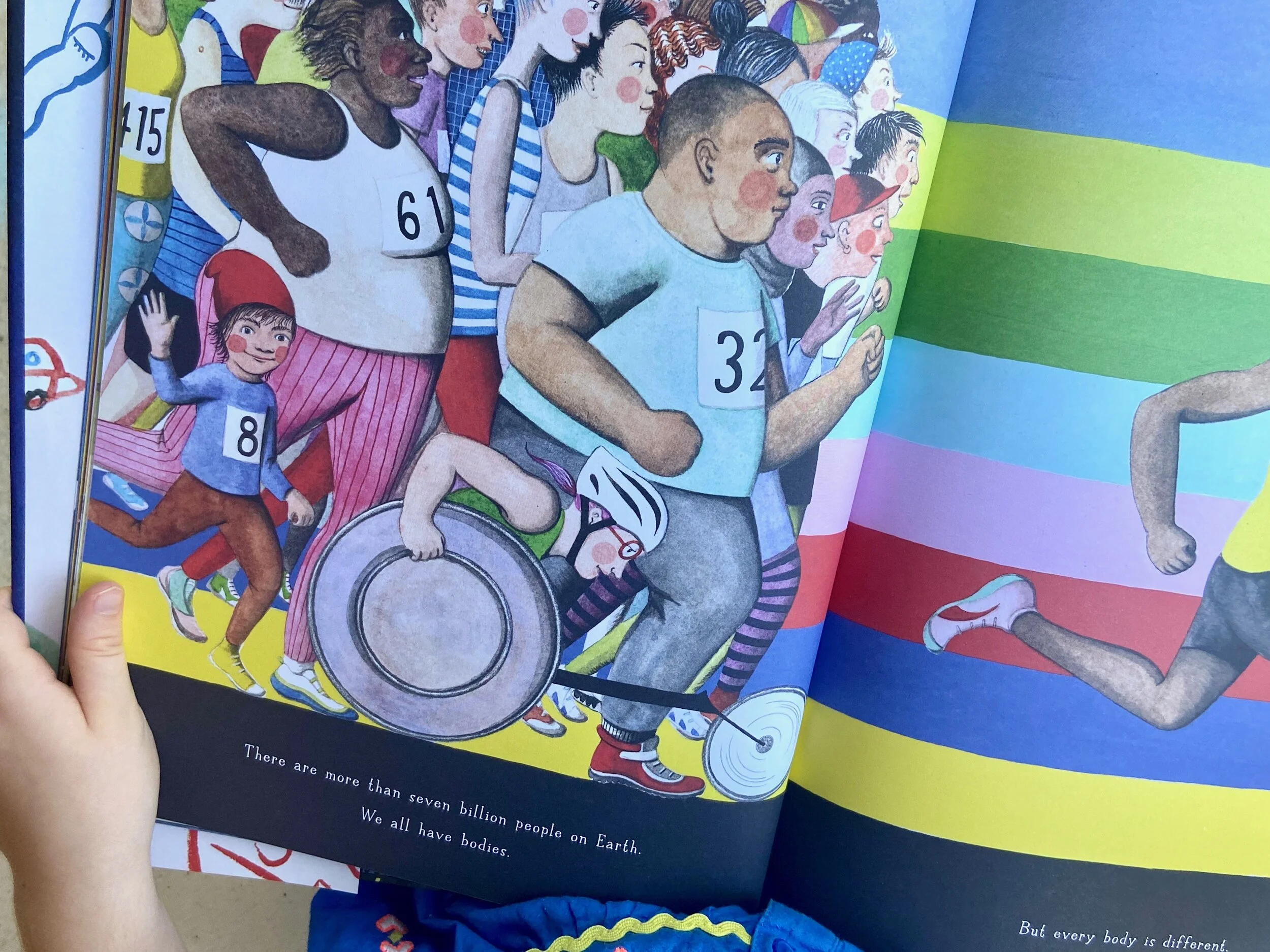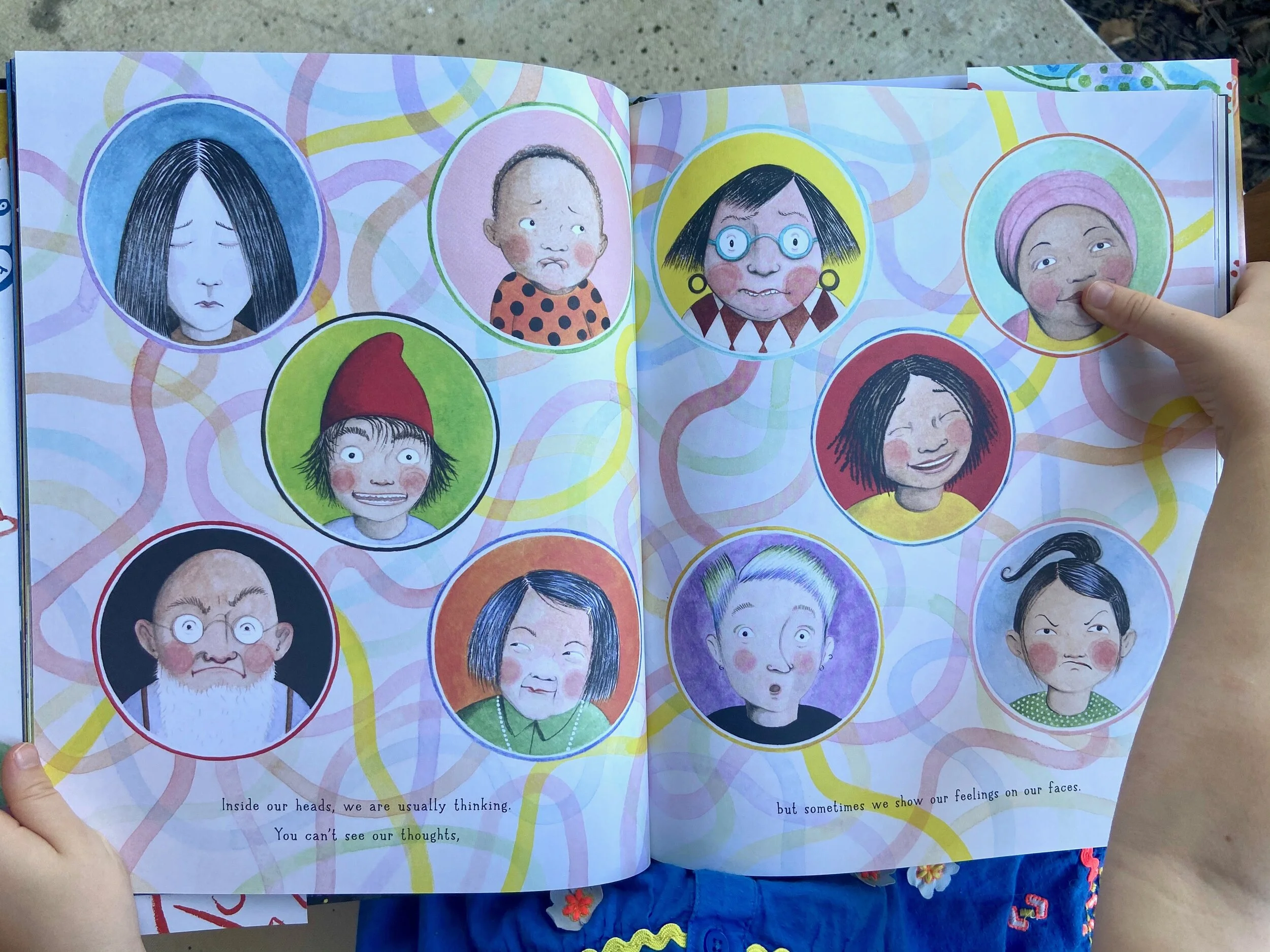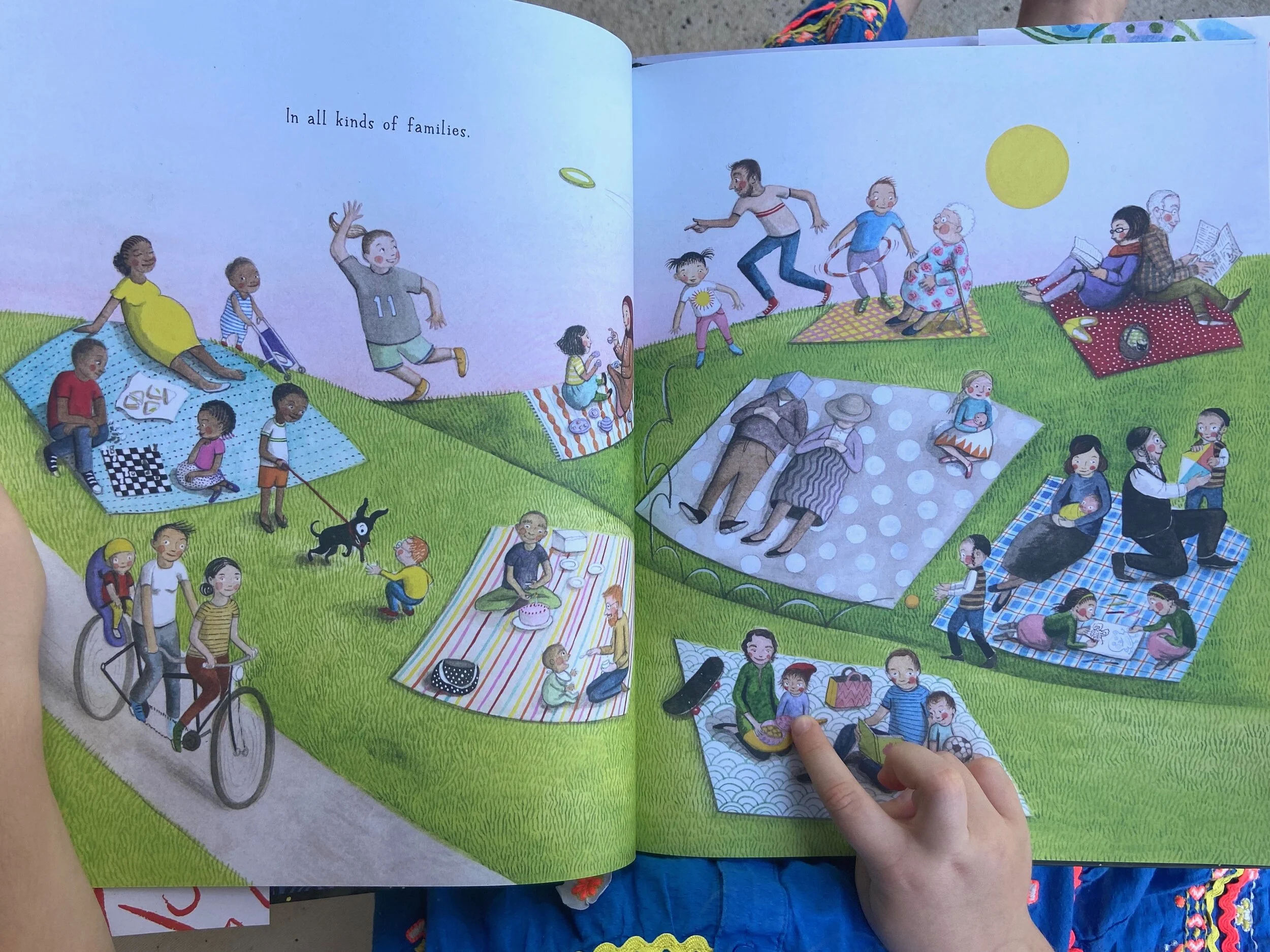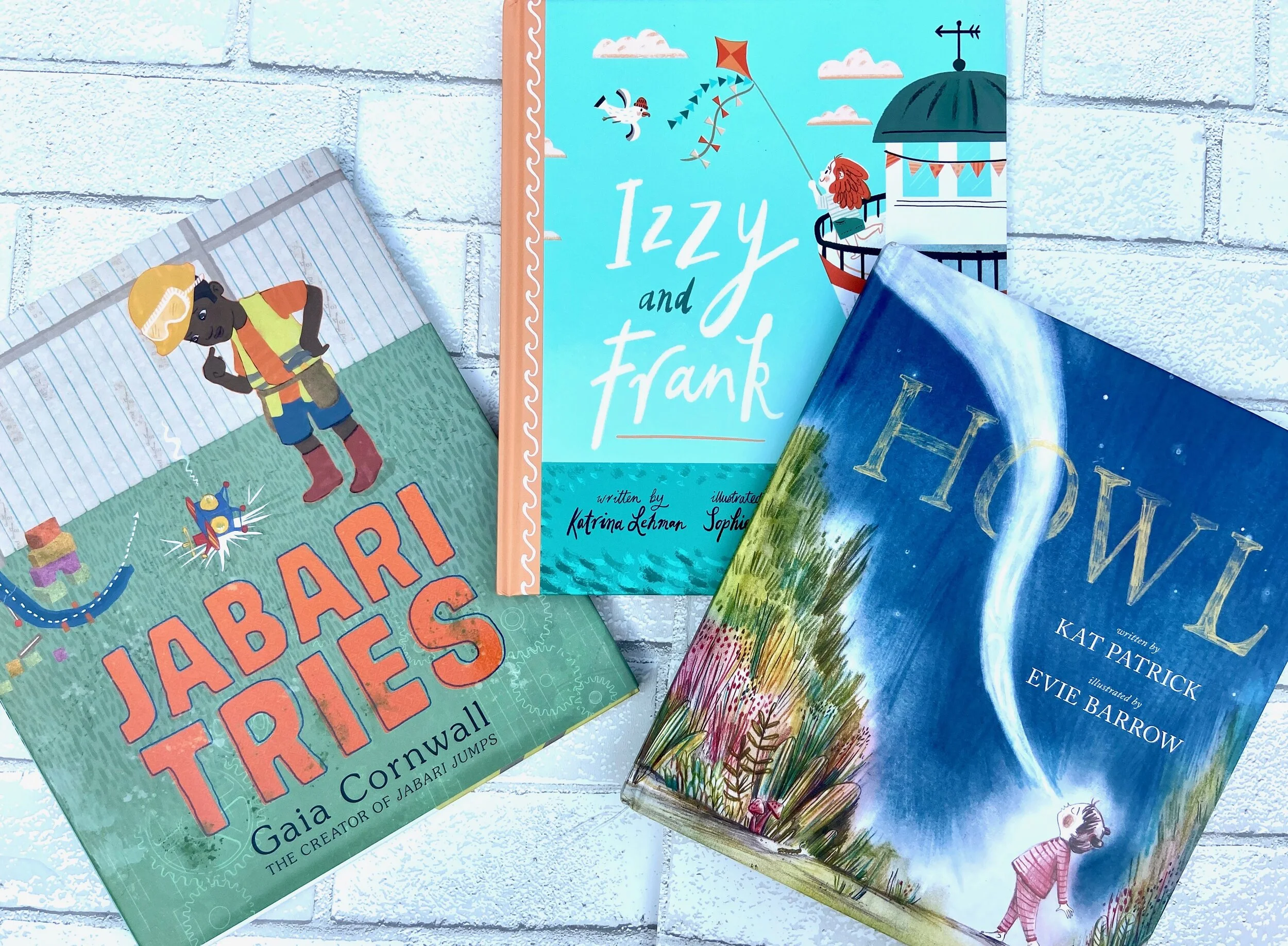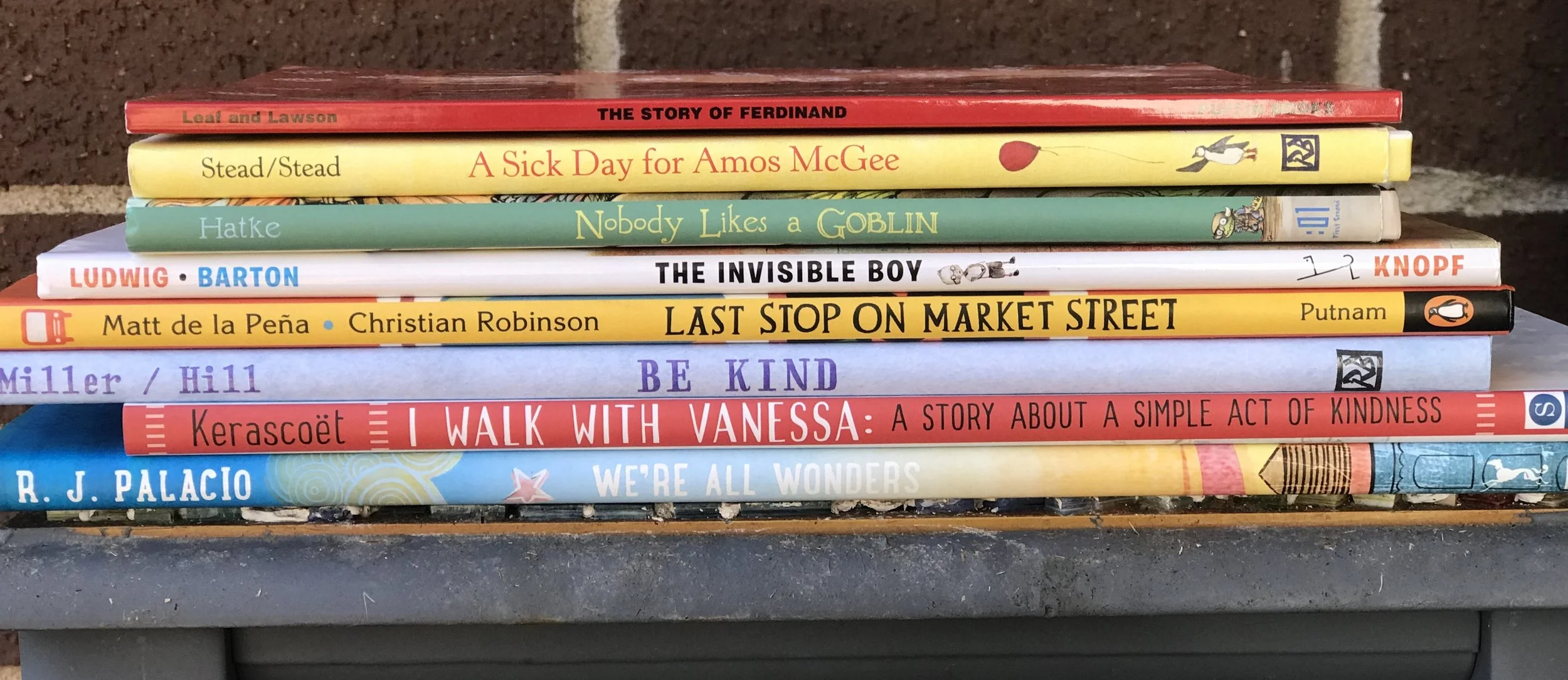If You Come to Earth: A Perfect Celebration of our Diverse Planet
Our family recently read a special book that I want to share with everybody right away - because I think there’s a good chance it will be the best picture book of the year. Sophie Blackall has already won the Caldecott Medal twice in her career - for Finding Winnie and Hello Lighthouse - and quite frankly, if I were a betting man, I’d have to make her the front-runner once again for the jaw-droppingly amazing If You Come to Earth.
Disclosure: Chronicle Books shared a copy of If You Come to Earth with us - with no expectation of this article. We hand pick what we recommend from things that our family loves, and all thoughts and opinions are our own.
If You Come to Earth is formatted as an open letter written by a young boy named Quinn to any aliens out there in the universe that might be listening. The point of his letter is to explain everything about our planet as best as he can. No detail is too small. The general idea is - what does an alien need to know about our planet before they visit?
It’s a brilliant idea for a book - but the success of brilliant ideas still boils down to the execution. And the combination of the exact details about Earth that Quinn decides to highlight, along with the gorgeously-imagined illustrations from Blackall, makes for a special work of art. In order for this creative structure to truly work, Blackall tasked herself with capturing the essence of humanity and the beauty of the earth, and I think she succeeded remarkably.
On the most basic level, If You Come to Earth can actually serve as an introduction to Earth for kids, as well as aliens. Quinn structures his letter with many of the basics you might find in picture books for toddlers - there are many different vehicles, different houses, different people, different animals, etc. And a very big part of the fun of this book is actually spending time looking closely at the details of these pages with the kids, and talking about the beautiful variety of things that we see.
So, in some ways, If You Come to Earth shares a few similarities with the beautiful, oversized books of geography or animals that we keep on our coffee table. Our family might grab books like those and flip through the pages pointing to the beautiful things we see, discover things we’ve never seen before, or maybe even learn new vocabulary.
And it’s clear that Blackall’s book was physically crafted in a similar spirit - with eye-capturing aesthetics. It features a beautifully-detailed dust jacket and a delightful secret cover underneath - all fit for displaying with pride. But If You Come to Earth also has a special soul to it, and an underlying message of togetherness and empathy and kindness.
Somehow, without outright saying that the amazing diversity on Earth is a treasure - the book clearly gets the message across. It’s impossible not to smile as you turn each page and feel the love for humanity pouring out. Some people read with their fingers, some people talk with their hands, bodies are all different, there are all sorts of families - the choices for what exactly to highlight were obviously chosen with care, but it also feels so incredibly natural and right. Quinn clearly has a knack for describing Earth.
It’s these sections of the book in particular that remind me of some of our other favorite books - books like Sara O’Leary’s A Family is a Family is a Family - books that celebrate diversity and provide mirrors and windows for young readers. When this kind of diversity is on display, kids get the opportunity either to see themselves inside the book, or get a window into a world they hadn’t seen before. And I can’t stress enough how special a quality that is for us - particularly with how much emphasis I try to put on empathy with the kids.
I also deeply appreciate the balancing act that Blackall managed between highlighting the beauty of our planet and also very gently touching on inequalities and outright atrocities - even war. Every bit of it is described very quickly and matter-of-factly - from a child to an alien from outer space. But we as readers are coming into this book with our own understandings of society. And when Quinn casually mentions that some people hurt each other or that some people have more food than others, it really pulls on the heart strings and forces us to examine some of our worst inequalities from this objective place.
But I can’t overemphasize the fact that positivity is at the forefront here. And that it’s an absolute joy to pore over the details with our children. It seems like there’s truly something for everyone to latch onto in this book that makes them happy. My son has been working on American Sign Language, and he’s delighted to see an entire page dedicated to the ASL alphabet. And I’m happy to report that there are no less than three examples of people playing chess.
If you read to the very end of the book, you’ll be treated to a thoughtful letter from Blackall, where she explains her inspirations and describes her process. I love to know that she worked with children all over the world to come up with the details of the book, and that might even explain the mad-genius of some of the impossibly-random details included - like how you should avoid being spat on by a slow loris. And, after reading about her research and collaborations, I loved learning that almost every character in the book is based off of a real person she met.
I also adore everything about her reasons for writing this book. Specifically, she wanted a picture book to help her bond with the children she met on a Himalayan mountain in Bhutan in a tiny school room - something that could highlight our similarities and celebrate our diversity at the same time. And she took 5 years crafting this beautiful picture book that shines a light on the major similarity that we all share - this beautiful planet of ours.
It has to be mentioned that the underlying message of unity and the celebration of diversity on our planet is particularly powerful during these divisive times - socially and politically. But it would be a disservice to this amazing work of art to suggest that our current climate is what makes it stand out. On the contrary, this is a timeless work that will be remembered for a long time because of the beauty it brings into our world.
Not only do I think If You Come to Earth has a good shot at winning the Caldecott this year, I also think it’s already safe to say it’s one of our favorite picture books of all time. When everything is said and done, and we look back at the stories we shared with our kids throughout the years - there’s no doubt we’re going to think about this beautifully-crafted book and its message of love.
You can find If You Come to Earth on Amazon | Straight from Chronicle Books | or Shop Local on IndieBound
Have you read this amazing book yet? Do you think it could be the picture book of the year too? Let us know in the comments!
